Optimal Timing for Boxwood Trimmings
Boxwood trimmings are most effectively harvested during specific periods to ensure optimal quality and health of the plants. Timing depends on the growth cycle, climate conditions, and desired trimming outcomes. Proper timing can enhance the density and appearance of boxwood hedges and topiaries.
Ideal for shaping and maintaining boxwood before the active growing season begins. Typically performed after the last frost.
Used for light shaping and to promote dense growth. Best done early in the season to avoid stress during peak heat.
Suitable for preparing plants for dormancy and removing dead or overgrown branches before winter.
Generally avoided unless necessary for safety or clearance, as plants are dormant and more susceptible to damage.

A gardener shaping boxwood during early growth phase.

Light trimming to maintain shape and promote dense foliage.
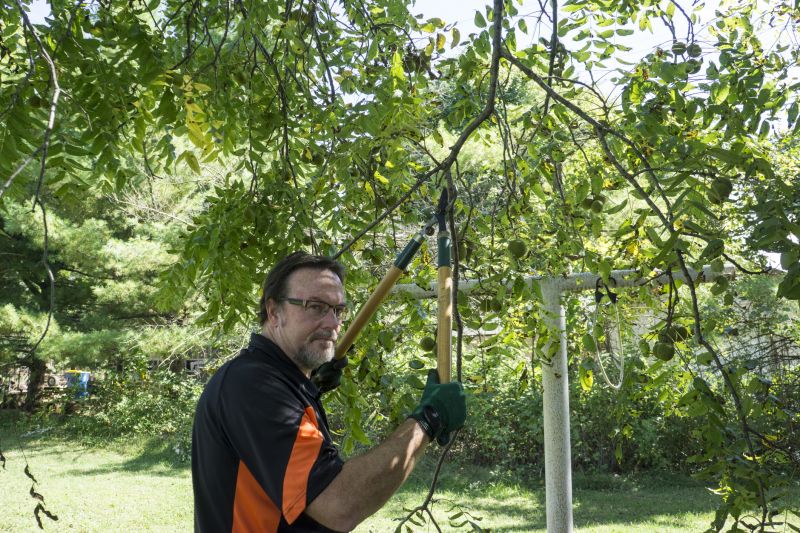
Removing dead branches before winter dormancy.
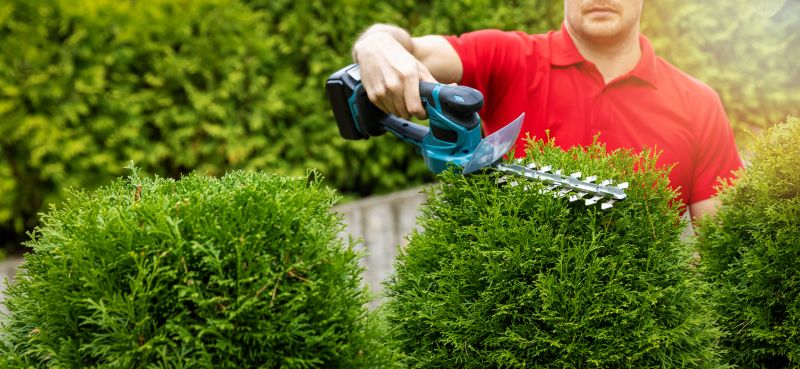
Ways to make Boxwood Trimmings work in tight or awkward layouts.

Popular materials for Boxwood Trimmings and why they hold up over time.
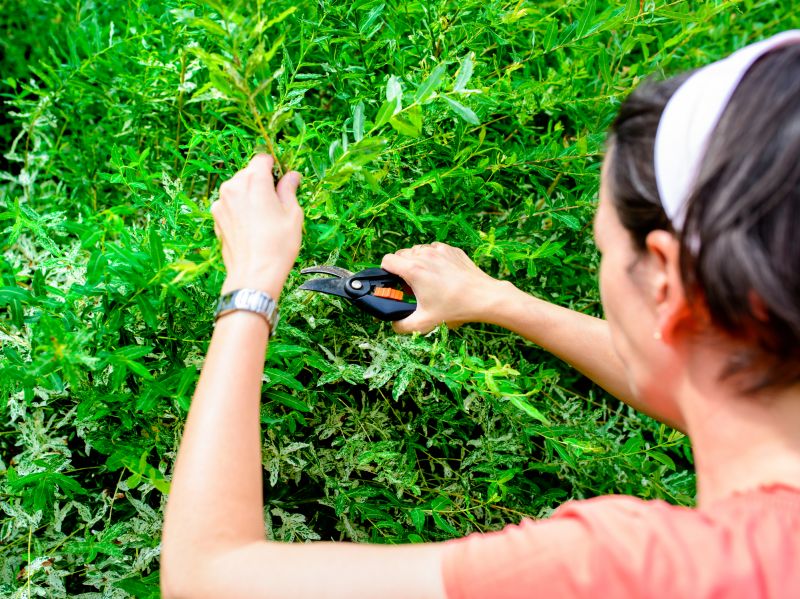
Simple add-ons that improve Boxwood Trimmings without blowing the budget.
| Season | Best Practices |
|---|---|
| Spring | Perform heavy trimming after last frost to encourage new growth. |
| Summer | Light shaping and maintenance early in the season. |
| Fall | Trim to remove dead or overgrown branches before dormancy. |
| Winter | Minimize trimming; avoid during dormancy unless necessary. |
Boxwood trimmings involve the careful pruning and shaping of the dense, evergreen shrub known for its small, glossy leaves and ability to be sculpted into formal hedges and topiaries. These plants are valued for their aesthetic appeal and versatility in landscape design. Proper timing of trimmings helps maintain their health, density, and visual appeal.
Statistics indicate that regular trimming during the active growth periods can increase foliage density by up to 20%. Properly timed trimmings also reduce the risk of pest infestations and disease. The best practices involve trimming during late spring and early summer, when the plant's growth is most vigorous, ensuring healthy development and an attractive appearance.
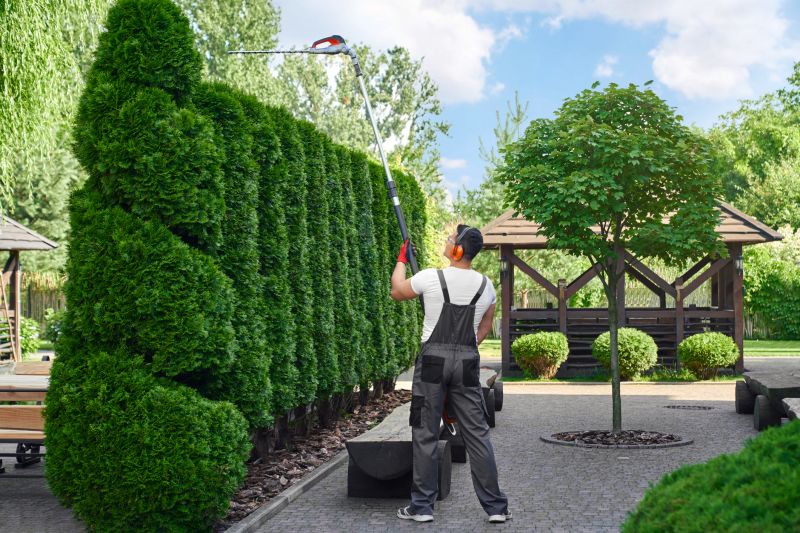
A neatly shaped boxwood hedge showing professional trimming.

Detail of pruning tools and trimmed foliage.
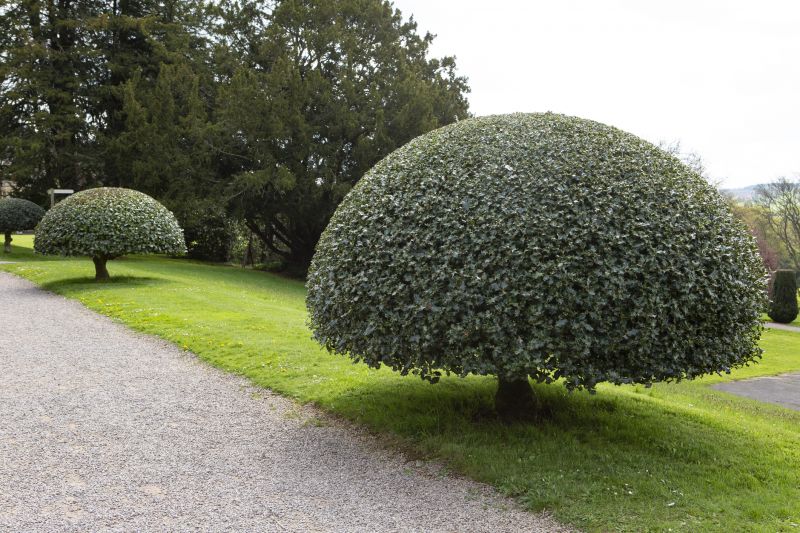
Sculpted boxwood topiary demonstrating trimming precision.

Vibrant, dense boxwood after trimming season.
Interested in enhancing your landscape with well-maintained boxwood trimmings? Filling out the contact form can provide more information and assistance for scheduling trimming services or purchasing trimmings suitable for your needs.
